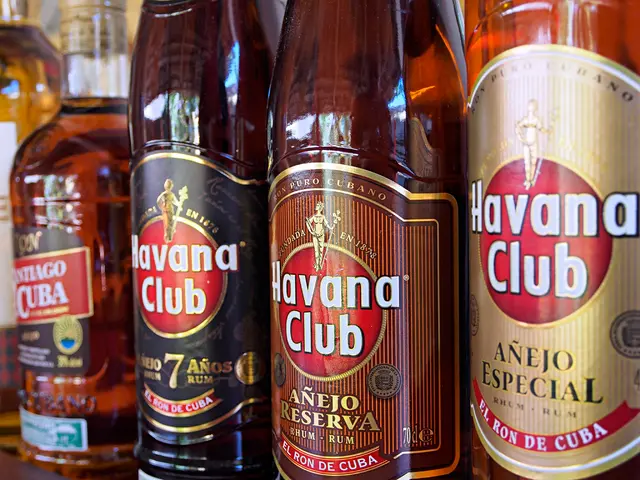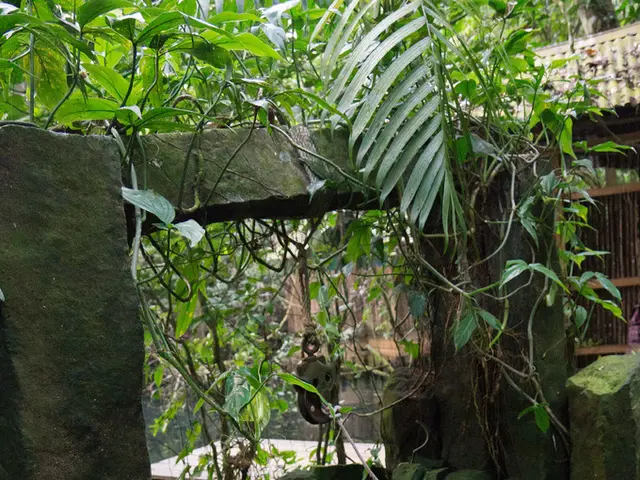Enhancing Coastal Economies through Natural Waste Processors: Leveraging Sea Cucumbers for Profit
Sea Cucumber Farming in India: A Growing Opportunity for Sustainable Aquaculture
Sea cucumber farming in India is an emerging sector with significant potential for sustainable growth. This practice involves cultivating marine animals from the phylum Echinodermata, similar to starfish and sea urchins, in suitable environments.
Suitable Species
The common sea cucumber species cultivated in India include Holothuria scabra (sandfish) and Stichopus species, valued for their high market demand and adaptability to local environments. The choice of species depends on availability, market preference, and environmental suitability.
Environment and Site Selection
Ideal farming sites have clean, well-oxygenated shallow coastal waters with sandy or muddy bottoms. Areas should have minimal pollution, stable salinity (around 25–35 ppt), moderate water flow to ensure oxygen supply, and protection from strong waves and storms. Site selection must ensure accessibility for management and harvesting.
Hatchery and Seed Supply
Hatchery production of sea cucumber larvae involves broodstock conditioning, induced spawning (usually via thermal or chemical stimuli), and larval rearing through doliolaria and pentactula stages before settlement. Hatcheries provide consistent, disease-free juveniles, crucial for sustainable farming. Seed supply from hatcheries or wild collection must be managed carefully to prevent overexploitation.
Pond or Sea Pen Preparation
Ponds or sea pens should be prepared by clearing debris and predators. Substrate can be leveled or slightly modified to facilitate juvenile settlement. Netting or fencing around culture areas may prevent predation and escape. Water quality parameters (pH, salinity, temperature) must be monitored and maintained.
Feeding and Management
Sea cucumbers are deposit feeders; they feed on organic matter in sediment. Supplementary feeding with formulated feeds or organic detritus can speed growth. Regular monitoring of growth, health, and water parameters is essential. Biosecurity measures prevent disease outbreaks. Overstocking should be avoided to reduce stress and competition.
Growth and Harvest
Growth rates depend on species, environment, and feeding practices; typically, harvest time ranges from 6 to 12 months. Harvesting is manual, conducted during low tide or by divers. Post-harvest processing often involves evisceration, drying, and grading to meet market standards.
Challenges and Opportunities
Challenges include seed availability, disease management, habitat degradation, and market fluctuations. Opportunities arise from rising global demand for sea cucumbers, potential for export, integration with other aquaculture systems (e.g., fish or shrimp farming), and government support for sustainable aquaculture development.
Best Practices
Best practices for sea cucumber farming in India involve careful consideration of species selection, environment, site, hatchery and seed supply, pond or sea pen preparation, feeding, management, growth, harvest, as well as understanding challenges and opportunities. The ideal water temperature for sea cucumber farming ranges from 26°C to 30°C, and the salinity should be between 28-35 ppt.
Sea cucumbers have medicinal properties and are rich in nutrients like collagen. The most preferred species for farming in India is Holothuria scabra, commonly known as the sandfish. Dried sea cucumbers (beche-de-mer) fetch high prices in international markets, up to Rs. 10,000-20,000 per kg.
With growing interest from government agencies and support under the Blue Revolution, more coastal farmers are receiving training and assistance in sea cucumber farming. The bottom soil for sea cucumber farming should be soft, sandy or muddy with rich organic matter. Pond maintenance includes checking water quality and temperature regularly, preventing predators, avoiding overcrowding, and ensuring sediment has enough organic matter for feeding.








